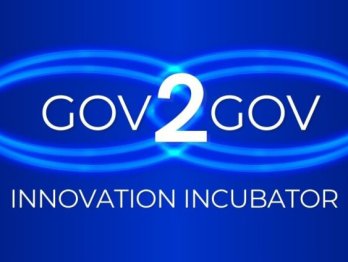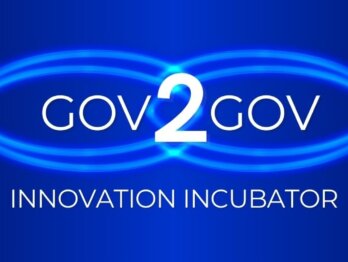“It Will Never Work.” And Yet It Did: How We Built a Real IT Community at INPS (Italy)

This blog is part of a series on the experiences and results of the government teams which participated as “challenge owners” in the OECD Gov2Gov Innovation Incubator. They were prepared by the teams themselves in order to offer first-hand accounts of their expectations, learnings, pain points, and overall assessment of the initiative. This blog was written by Emanuele Colini, Manager “Agile Enablement & Delivery”, Direzione Centrale Tecnologia, Informatica e Innovazione, Istituto Nazionale della Previdenza Sociale (INPS).
“It’ll never work. Just another layer of bureaucracy. And who has time for this?” We heard it often, especially at the beginning. And, to be honest, we may have thought it ourselves.
After all, we were trying to do something bold: bring together nearly 1,000 IT colleagues from all across Italy, with different roles, busy schedules, and pressing priorities—and make them feel part of the same community.
That was our challenge: to foster authentic connections, make dialogue easier, and build a shared sense of belonging beyond locations and project silos. A community that wasn’t just “one more thing to ignore,” but a living space full of ideas, people, and collaboration.
An idea that was just waiting for its moment
The dream of building this community had been around for a while. But it was the Gov2Gov Innovation Incubator programme by the OECD that gave us the spark to make it real.
That international context, that opportunity to compare ourselves with other public organisations and innovators, gave us two precious things:
- First, legitimacy. If this challenge mattered globally, then it mattered for us too.
- Second, learning. Seeing what worked—and didn’t work—elsewhere helped us avoid common traps.
Listen. Co-create. Experiment.
We started with a simple question:“What do our colleagues actually need?”
To answer that, we launched a full listening phase: interviews, surveys, idea gathering.
We wanted to know what they cared about, what frustrated them, what formats they liked, when and how they found time to stay informed.
From their voices, key needs emerged:
- the desire for autonomy and onboarding tools, especially for newcomers;
- interest in cutting-edge tech topics (AI, DevOps, Big Data…);
- a clear need for active participation, not just passive content consumption.
That’s when we created a collaborative workshop, where a pilot group of colleagues co-designed the sections, features, and content of the new community.
Nothing handed down from above—everything built together.
The turning point: making it part of the daily routine
It’s one thing to launch a community. It’s another to make it stick—to embed it in the daily flow of work.
To do that, we launched pilot activities. The most impactful? A new format called “Fiera Digitale” (“Digital Fair”): online events open to all IT staff, where anyone could share tools, experiences, and good practices—freely, without pressure or badges.The first event, focused on DevOps, drew over 300 participants live.More importantly, it left people inspired and eager to come back.At the same time, through internal channels like InfoBYTE and newsletters, we kept sharing updates, collecting feedback, and reinforcing trust in the process.
The right people, at the right time
Every community needs faces. Voices. People who inspire others. That’s why we started spotting those who showed up, proposed ideas, helped others.That’s how our first group of informal ambassadors emerged. Soon they’ll be officially recognised.
They’re not “in charge” of the community—but they are catalysts. Their role is to keep the spirit alive and help grow a culture of distributed innovation, where anyone can bring value.
What we learned (and what might work for you too)
If we had to sum up our journey in one sentence, it would be: People want to be part of something—but only if they feel it belongs to them.Co-creation was the key. But so was our willingness to:
- experiment, even without perfect solutions;
- listen actively, especially when the answers were unexpected;
- welcome initial skepticism, and turn it into curiosity;
- value every contribution, no matter how big or small.
Would we do it all again? Absolutely. But even better.
Today, this community is just getting started. More lies ahead: gamification, more events, official ambassadors, tailored content…
We’ve learned already that public institutions can innovate starting with people, dialogue, and a sense of belonging.
The Gov2Gov Innovation Incubator was not just a showcase. It was an accelerator, a mirror, and a confidence booster.
To anyone wondering whether this kind of journey is worth it, here’s our answer:
Yes, it is—if you’re ready to get your hands dirty. To be surprised. And to truly build something together.
Do you want to know more or get in touch with the team? Feel free to write directly to [email protected]
This project and blog are funded by the European Union. Its contents are the sole responsibility of the OECD and do not necessarily reflect the views of the European Union.











